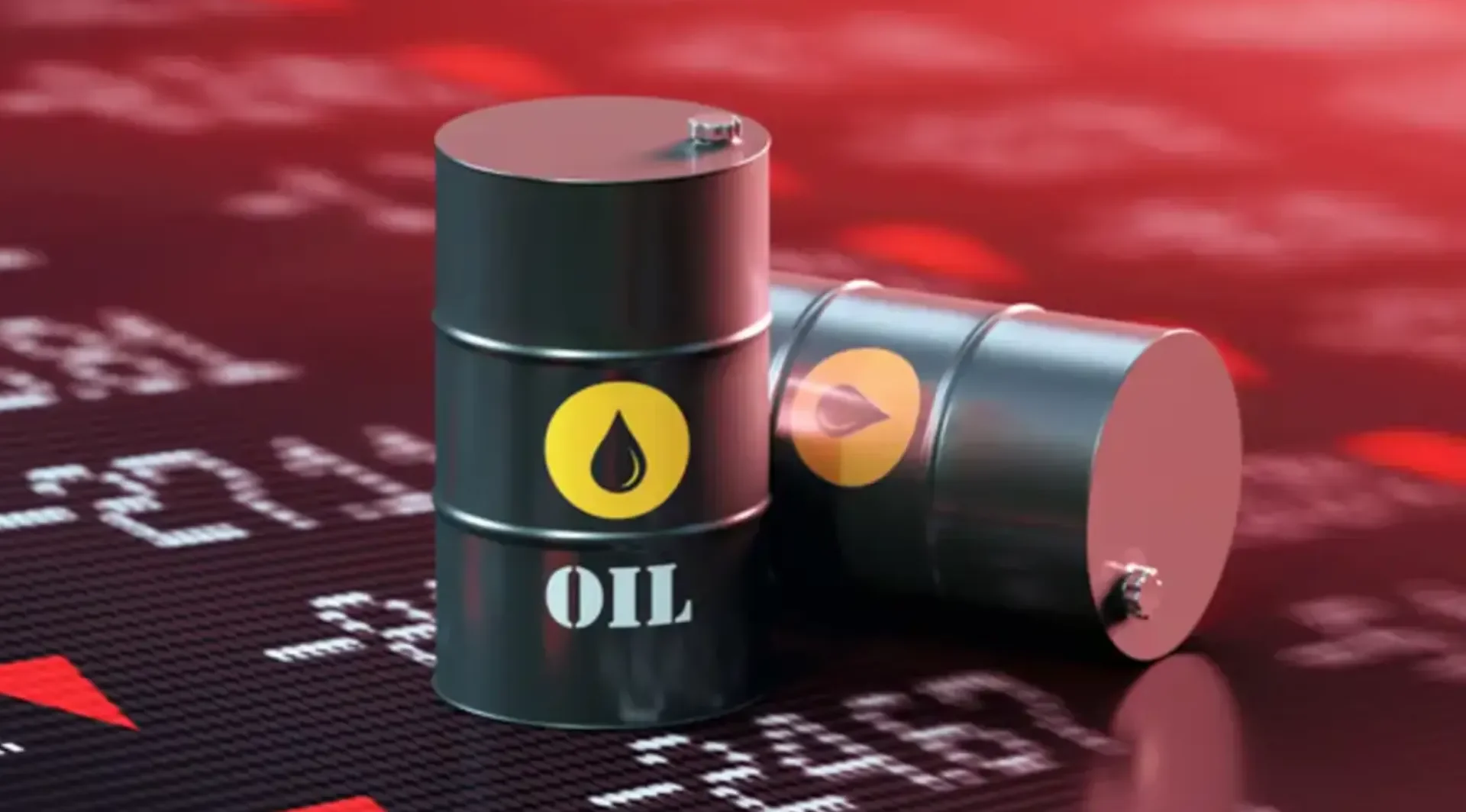As the Israel-Iran conflict intensifies, roiling oil markets and sparking fears of global inflation, India appears to be holding its ground. Despite Brent crude prices crossing the $90 per barrel mark after U.S. airstrikes on Iran’s nuclear sites, the Indian government is not sounding the alarm—at least not yet. Officials cite the country’s strategic diversification of crude oil sources, particularly from Russia, as a critical cushion against potential supply disruptions.
This geopolitical hedge, born out of the global realignments following the Ukraine war, is now paying off. A senior government official confirmed that “India imported more oil from Russia this month than from all West Asian countries combined.” This shift, they said, provides vital insulation against a possible blockade of the Strait of Hormuz—a narrow but crucial waterway through which nearly 20% of global oil shipments pass.
With Iran hinting at retaliatory actions following Israel’s Operation Rising Lion and the U.S. military’s involvement, concerns over the Strait’s security have grown. Nevertheless, Indian policymakers believe that their diversified procurement strategy will help absorb the brunt of any immediate oil shock.
OMCs Watch Margins as Brent Rises
Brent crude’s surge has put oil marketing companies (OMCs) like Indian Oil Corporation (IOC), Bharat Petroleum (BPCL), and Hindustan Petroleum (HPCL) in a tight spot. Higher global crude prices may squeeze their refining and marketing margins on petrol and diesel. However, officials say a revision in pump prices is unlikely in the short term due to recent excise duty adjustments and ongoing efforts to shield consumers from volatility.
“OMCs are seeing some margin pressure, but pump price revisions are off the table for now,” an oil ministry source said.
Inflation Still Under Control—for Now
Despite the geopolitical chaos, India’s domestic inflation picture remains reassuring. Retail inflation fell to a six-year low of 2.8% in May, providing the Reserve Bank of India (RBI) and fiscal policymakers with breathing space. Economists believe this drop in inflation has given the government the flexibility to absorb short-term shocks without resorting to aggressive price hikes or policy shifts.
However, the calm may be temporary. While oil prices remain manageable, natural gas imports pose a more complex challenge. India relies heavily on the Gulf region—particularly Qatar and Oman—for liquefied natural gas (LNG) that powers city gas distribution, industrial fuel, and compressed natural gas (CNG) transport.
“Energy-linked inflation could seep in through PNG and CNG price hikes if the Gulf conflict continues,” said a senior official from the Ministry of Petroleum. “We are closely watching the supply security of gas, which is more vulnerable to disruption than oil due to infrastructure limitations.”
Export Sector Raises Alarm Over Shipping Disruptions
Beyond oil and inflation, India’s export industry is growing anxious over the impact of escalating hostilities on maritime trade. The Federation of Indian Export Organisations (FIEO) has flagged increasing war risk premiums and insurance costs for cargo passing through West Asia and the Red Sea, crucial conduits for Indian outbound shipments.
“There is massive uncertainty right now,” said Ajay Sahai, Director General of FIEO. “Demand could shrink, freight charges could shoot up, and exporters are already factoring in delays.”
Particularly at risk is the Bab el-Mandeb Strait, a vital trade artery connecting Indian exporters to Europe, North Africa, and the U.S. East Coast. This narrow passage has become increasingly volatile following Israeli airstrikes on Houthi rebels in Yemen between June 14 and 15.
Ajay Srivastava of the Global Trade Research Initiative (GTRI) warned that “30% of India’s westbound exports pass through the Red Sea.” If hostilities escalate, commercial vessels may be forced to reroute around the Cape of Good Hope, extending delivery timelines by up to two weeks and significantly raising shipping and logistics costs.
Strategic Diversification Paying Off
India’s resilience so far can be largely attributed to its aggressive diversification strategy. Following Western sanctions on Russia in the wake of the Ukraine war, India began purchasing discounted Russian oil in large volumes. Today, Russia has emerged as one of India’s top crude suppliers, reducing the country’s dependence on the politically volatile West Asian region.
“Diversification has not only been good economics but good geopolitics,” said an official from NITI Aayog. “Our current crude mix allows us to manage short-term shocks, but we must remain agile as the situation evolves.”
Volatility Ahead
While the Indian government’s short-term posture is one of confidence and preparedness, officials acknowledge the risks are growing. Further military escalation in the Gulf, or direct attacks on energy infrastructure, could upend current projections. Additionally, the monsoon season and global demand dynamics could interact unpredictably with geopolitical tensions to push fuel prices and inflation higher.
“India is not panicking, but it is vigilant,” said an energy analyst from CRISIL. “The coming weeks will be critical in determining whether this is a temporary disturbance or the beginning of a larger, more sustained global energy crisis.”







